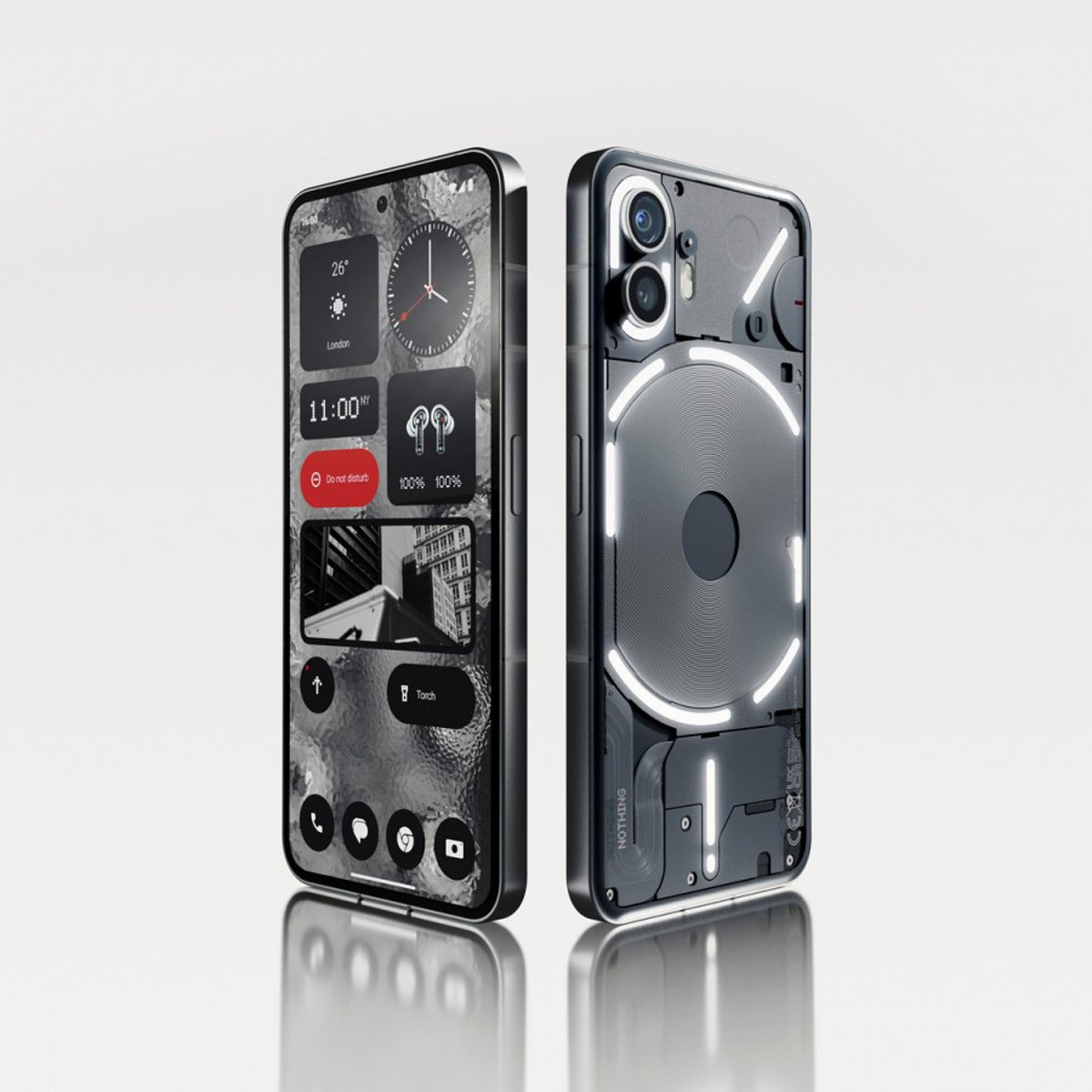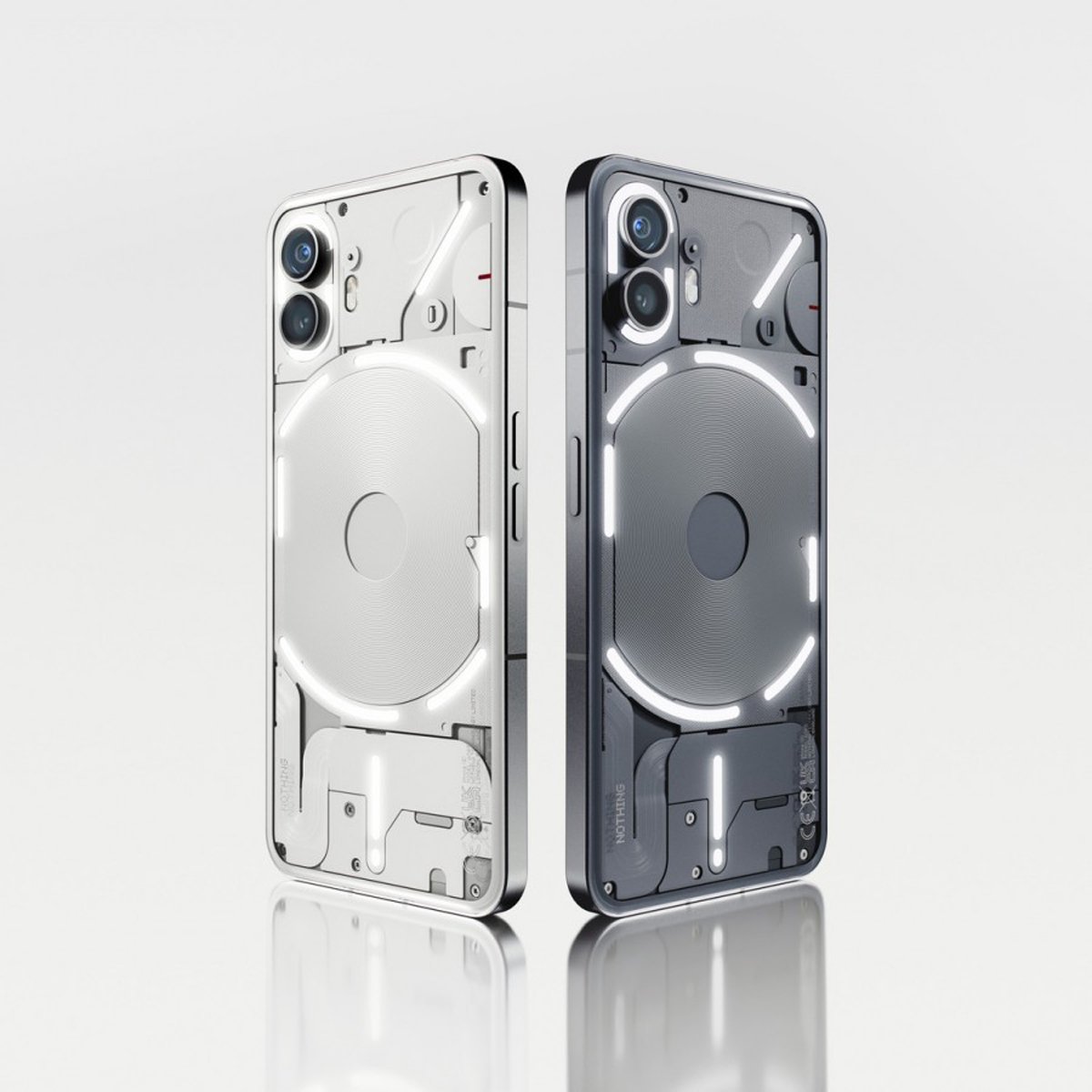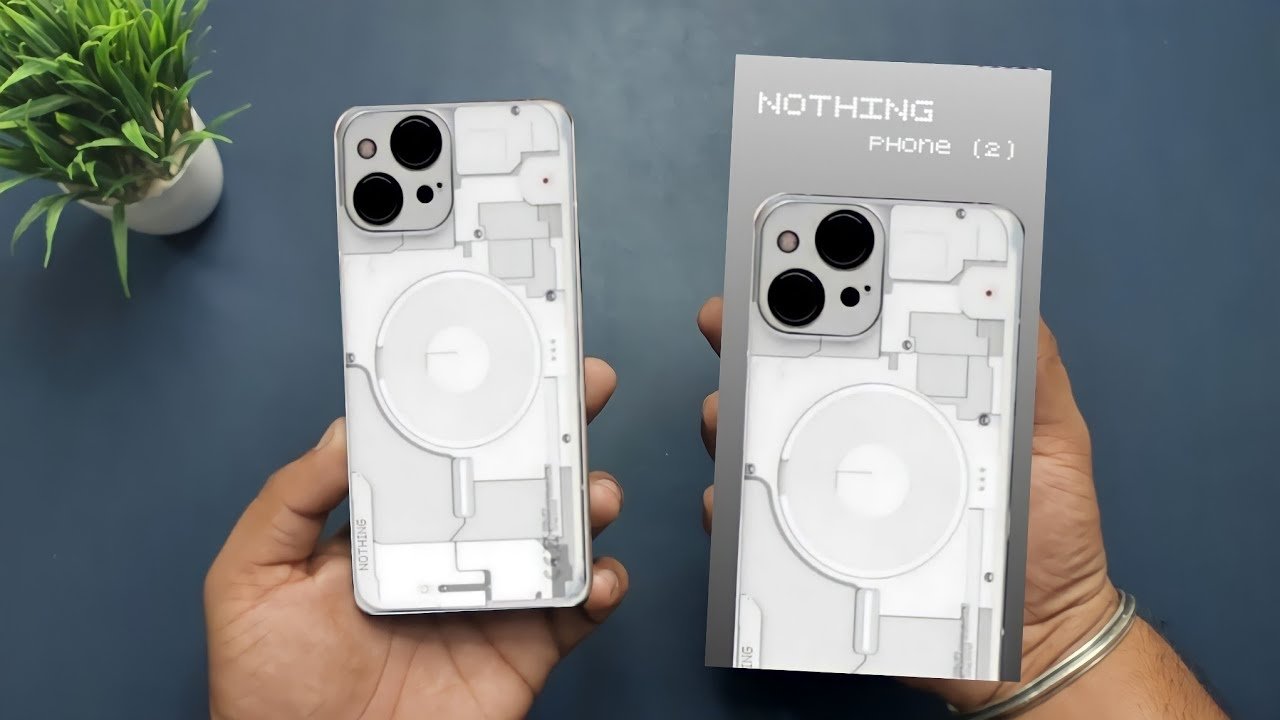Nothing Phone (2) Review: The Difficult Second Album

In the ever-crowded smartphone market, standing out is half the battle. Nothing stormed onto the scene with the Phone (1), a device that championed transparency and a quirky set of lights. It was a statement. But the real test of a brand’s vision comes with the sequel. The Nothing Phone (2) is that difficult second album, tasked with proving the company is more than a one-hit-wonder. It arrives not as a radical reinvention, but as a confident and substantial refinement, aiming to turn a novel concept into a genuinely compelling flagship alternative.
A More Polished Design
At first glance, the Phone (2) is unmistakably a Nothing product. The transparent back and the signature Glyph interface return, but everything has been subtly elevated. The flat, sharp edges of its predecessor are gone, replaced by a gently curved glass back that melts into the aluminum frame. This single change makes the Phone (2) substantially more comfortable to hold. It feels less like a prototype and more like a finished, premium product. The Glyph itself has been upgraded, now featuring more individual LED zones. This allows for more granular control and cooler, smoother animations for notifications and its various party tricks. It’s still a love-it-or-leave-it feature, but its execution is undeniably more sophisticated this time around.
The Smart Performance Play
Instead of chasing the absolute latest silicon, Nothing equipped the Phone (2) with the Snapdragon 8+ Gen 1. Some may see this as a compromise, but in reality, it’s a shrewd decision. This chipset, a flagship powerhouse from late 2022, offers a near-perfect balance of raw power, thermal efficiency, and cost. In day-to-day use, the phone is exceptionally fast and fluid. Apps launch instantly, multitasking is seamless, and demanding games run without a hitch. By avoiding the very newest chip, Nothing delivers a true flagship experience for 99% of tasks while keeping the price competitive and ensuring the device runs cool and stable. It’s a pragmatic choice that prioritizes user experience over spec sheet supremacy.

A Superb Display and Refined Software
The screen is a significant leap forward. The Phone (2) boasts a gorgeous 6.7-inch LTPO OLED panel with a variable 1-120Hz refresh rate. This means the display can dynamically adjust its refresh rate to conserve battery, dropping low for static images and ramping up for silky-smooth scrolling. It’s bright, colors are vibrant, and the nearly symmetrical bezels create an immersive viewing experience.

This excellent hardware is paired with Nothing OS 2.0, which doubles down on the company’s minimalist aesthetic. The new monochrome icon pack and thoughtfully designed widgets encourage a more intentional, less distracting user interface. It’s Android, but with a unique and cohesive design language that feels both fresh and functional. The software is refreshingly free of bloatware, contributing to the phone’s snappy and clean feel. The Glyph interface also gains new tricks, like a progress tracker for Uber rides and a persistent timer, inching it slowly from gimmick toward genuine utility.
A Capable, Not Class-Leading, Camera
The camera system was a weak point for the Phone (1), and Nothing has made clear improvements here. The main sensor is now the well-regarded 50MP Sony IMX890, which delivers much-improved results. In good light, photos are sharp, detailed, and have pleasing, natural colors. The processing is more mature, with better HDR performance balancing bright skies and dark shadows effectively. The 50MP ultra-wide camera holds its own, offering good color consistency with the main lens. However, the Phone (2) still shows its limits when compared to the computational photography wizards like Google’s Pixel. Low-light performance is decent but can be soft, and the lack of a dedicated telephoto lens means zoom is purely digital and quality degrades quickly. It’s a very good camera, but it’s not the best you can get at this price point.
The Verdict: An Identity That Shines
The Nothing Phone (2) is a triumph of refinement. It takes the bold identity of its predecessor and builds upon it with a more premium design, a much better display, flagship-grade performance, and a more mature software experience. While its camera system isn’t a world-beater and the Glyph’s utility remains subjective, the Phone (2) succeeds by offering a compelling and cohesive package that feels genuinely different. This isn’t the phone for someone who just wants the highest numbers on a spec sheet. It’s for the discerning user who is tired of the duopoly, values thoughtful design and a clean software experience, and wants a device with a personality that shines—both literally and figuratively.

Where to Buy:
Nothing Phone (2) Quick Summary
Key Scores:
- Value: 92%
- Design: 93%
- Performance: 90%
- Quality: 91%
- Popularity: 90%
Top Pros
- ✅ The refined design and enhanced Glyph interface create a premium feel.
- ✅ Nothing OS 2.0 delivers an exceptionally clean and responsive user experience.
- ✅ Performance from the Snapdragon 8+ Gen 1 is consistently smooth and powerful.
- …
Key Cons
- ❌ Camera performance, while improved, still falls short of top competitors.
- ❌ The absence of a dedicated telephoto camera lens is a clear omission.
- ❌ Its IP54 rating provides less water resistance than many rival phones.
















